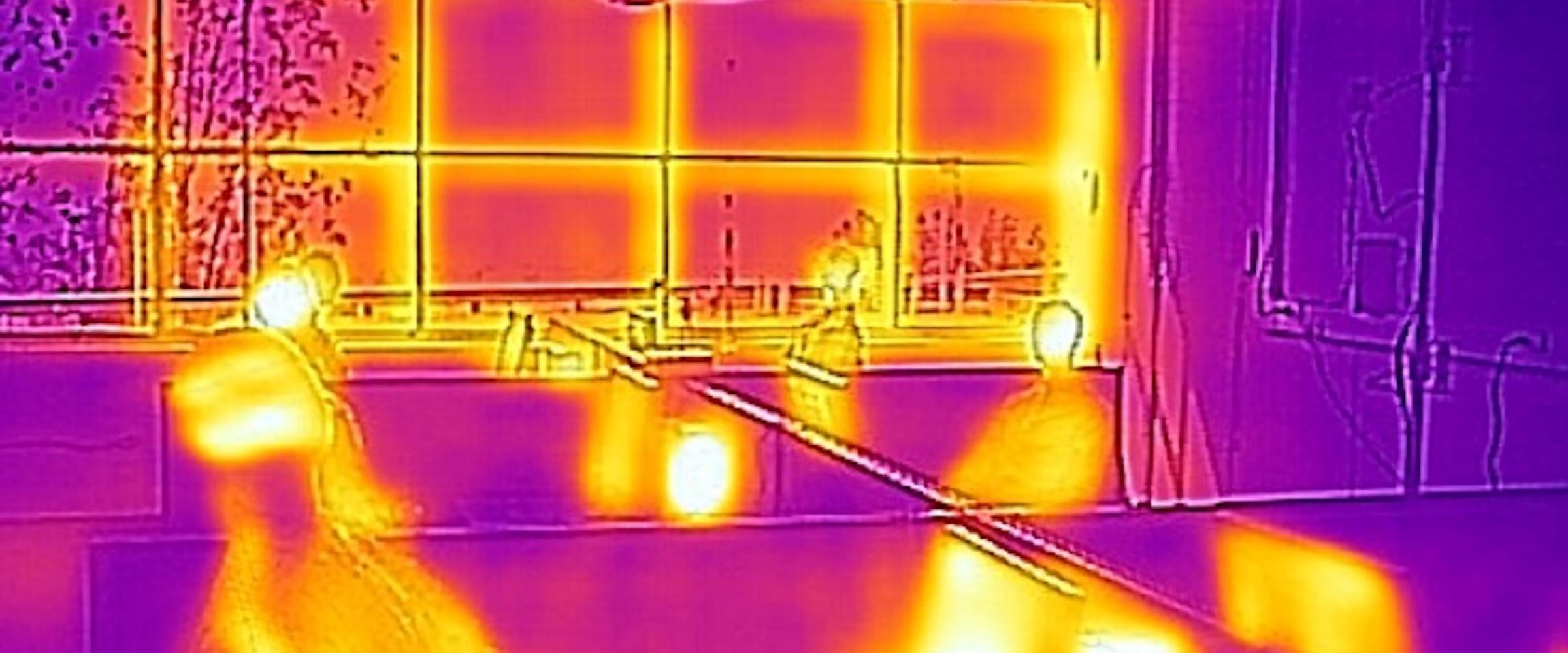Radiant Heating & Cooling
The Challenge: Testing New Heating and Cooling Options
PG&E operates a wide range of building energy efficiency programs designed to meet its energy and demand goals. The California utility is interested in shifting its programs from component-based solutions to more innovative integrated system solutions, including radiant heating and cooling. But how well do these systems work in the real world, and what’s the most effective way to implement them?
PG&E was interested to characterize radiant heating and cooling system behavior for designers and provide information that can reduce both the cost and the perceived risk. The utility’s goal is to improve energy performance and comfort by encouraging the appropriate adoption of radiant systems in both new construction and retrofits of commercial buildings in California. It also needs to assess the benefits of integrated control of HVAC, active facades and daylight harvesting.
The Solution: FLEXLAB®
PG&E turned to U.S Department of Energy’s FLEXLAB® facility at Lawrence Berkeley National Laboratory to test two types of radiant heating and cooling systems: floor-slabs and ceiling panels. FLEXLAB enables repeatable experiments in 600 square foot test chambers that mirror a perimeter zone in a commercial building. Researchers evaluated the systems’ ability to save energy while keeping the indoor environment comfortable.
The Bottom Line: Useful Insights to Guide Use of Radiant Heating and Cooling Systems in California
California has set aggressive goals for efficiency improvements in commercial buildings, both for retrofit and for new construction. Utility companies have a substantial role to play in enabling these efficiency improvements, but they need credible data on how technologies behave to support their deployment through incentive programs.
Data from FLEXLAB’s® test chambers provided PG&E with useful design guidance for radiant system sizing and zoning, and for the associated level of controls complexity. The study also revealed where more work needs to be done—for example, in further developing control methods for radiant slab systems. FLEXLAB’s unique capabilities made it possible for PG&E to test these energy efficient technologies of relevance to California and for locations with similar climates, against a range of variables in real-world conditions.
Download the full case study here: Radiant Heating and Cooling
